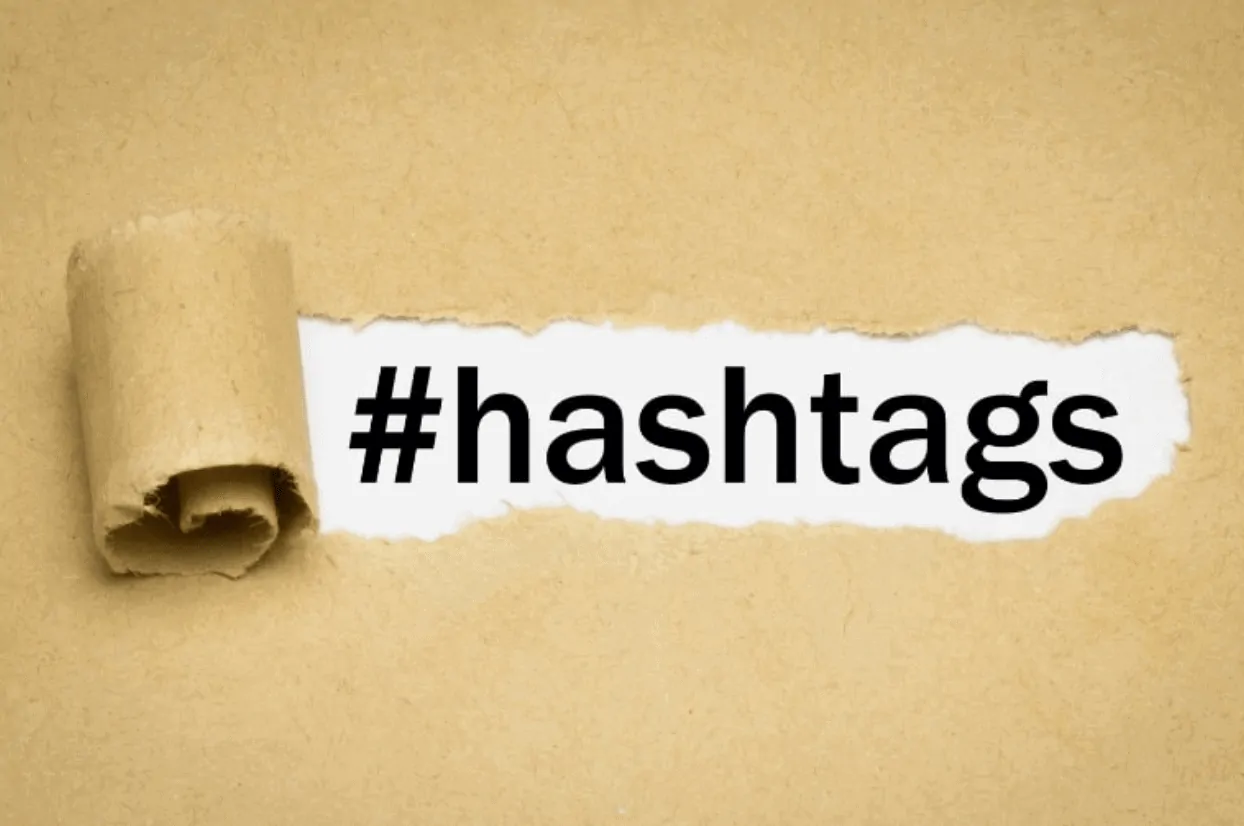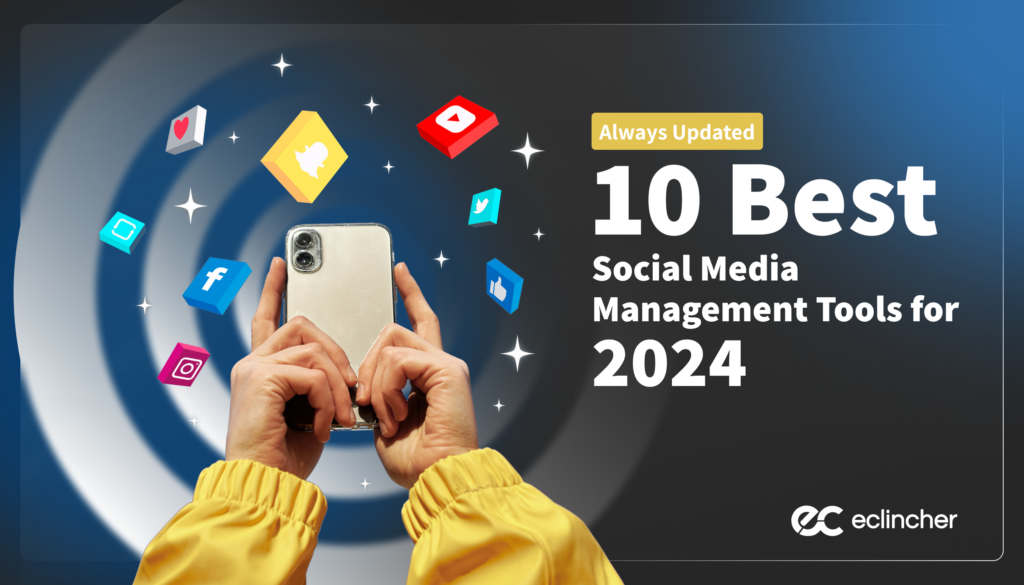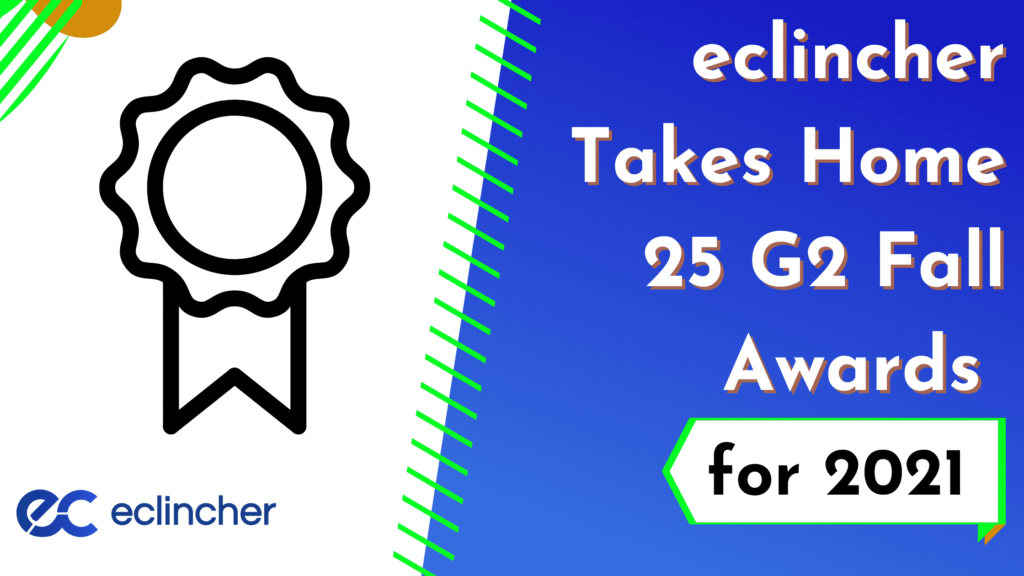With the ever-increasing popularity of social media, we always encounter and invent new online concepts – like Hashtags – even if they’ve in fact been around for a while. Hashtags was born from Twitter in 2007, when a former Google developer Chris Messina suggested using the pound sign for groups.
Very quickly, the # got its name and current form without spaces, taking off as a trend instantly. It eventually spread to other social networks as well, and nowadays we can’t quite imagine the Internet without it. The hashtag owes its rise to the simplicity of use: anyone can type it out and create or join a conversation. However, there are still some essential things to know about using hashtags to get the most out of them. Here are our top recommendations on how to use hashtags on different social media:
Quantity of Hashtags
Whichever social network you’re using hashtags on, it’s crucial not to spam. The point of a hashtag is to categorize content and make it easier to find, which is where the appeal of spamming hashtags comes from. After all, the more hashtags you stick into a post, the better the odds of people seeing it.
In theory, that is correct. However, if your goal is to engage on social media, you won’t be accomplishing that with hashtag spam. Don’t over-tag a single post — one or two hashtags are enough on most social media.
Quality of Hashtags
Similarly to the number of hashtags, their quality and relevance are also important. Pick the most relevant hashtag for each social media post, and don’t make it too long or too complicated. If you treat your hashtags on social media the same way you’d manage keywords for your content, you will have good results. However, there are some subtle differences between hashtag use that might impact your success.
Twitter Recommendations
As is the social network where hashtag first saw the light of day, Twitter is now unimaginable without it as stats clearly show. With the right hashtag, you can expect to see better engagement, more retweets and see more people discovering you. Twitter hashtags are used to:
- Extend the post’s reach
- Start or join Twitter conversations
- Build brand awareness
- Provide real-time updates on important events
When it comes to general guidelines, you should try to stick to one or two hashtags per post. With the limited amount of characters on Twitter, users have come to see three or more hashtags as a sign of either bots or desperation. One relevant hashtag is more than enough to get the conversation going — which is the focal point of Twitter.
Facebook Recommendations
Facebook is somewhat of the outlier among social networks when it comes to hashtagged content. Unlike most other social networks where the hashtag thrives, Facebook doesn’t recognize the hashtag in the search bar. In practice, this means that if you see a hashtag, you won’t be able to find other posts that use it if you type it into the search bar. However, clicking on it would bring up other posts with the same hashtag.
There’s another problem with hashtags and Facebook. If the profile that used a specific hashtag is secured as private (which most Facebook profiles are), the hashtag won’t be visible publicly. It narrows the scope of hashtags, leaving them mostly in the hands of public profiles and pages. Many marketers that used hashtags on Facebook have found that it didn’t help improve their engagement or discoverability. Since Facebook’s restrictions on the hashtag largely defeat its purpose, it makes little difference whether you use it or not.
Instagram Recommendations
On Instagram, hashtags are used to:
- Engage consumers
- Share user-generated content
- Build a brand
Instagram is one of the few social networks where 10 or more hashtags on a post are acceptable – but we don’t recommend it. While they allow up to 30 hashtags, it’s difficult to imagine doing so without spamming. It’s better to weave the hashtags into the post, rather than ending the post with a long string of them. That way you’ll avoid looking spammy, while still landing your image in all the hashtag feeds that you want.
The search box on Instagram can reveal popular hashtags. Once you enter the feed, you’ll be able to see how other users engage using those hashtags. It’s always a good idea to study hashtag trends and learn how to make the most out of each hashtag.
Pinterest Recommendations

Even though Pinterest might not be as popular as Instagram or Facebook, it can still be a valuable asset to a business’ social media strategy. On Pinterest, hashtags are used to:
- Build brand awareness
- Promote contests or giveaways
A couple of unique and specific hashtags on each pin will help your target audiences find you. Pinterest allows you to search for hashtags, which then gives you a list of pins that have similar keywords in their description. Hashtags here work as a discovery engine, but a lot of people use keywords to search for content.
We Can Help You Master the #!
If you’re trying to maintain a presence and populate multiple social networks with your hashtags, it’s easy to get overwhelmed. eClincher can help improve your hashtag game by allowing you to monitor popular hashtags and keywords. Additionally, the insights that eClincher’s various features provide will help you determine how successful your hashtag strategy is. With the ability to analyze your content’s performance, as well as learn what makes popular content resonate with the audience, it’s a useful tool to have.
Coming up with a strategy to maintain your online presence on multiple social networks can be time-consuming. Depending on your content and your business goals, additional insight into hashtag use and gaining popularity on different social networks is essential. So get ready and become BFF’s with the hashtag. #socialmediamasters!






